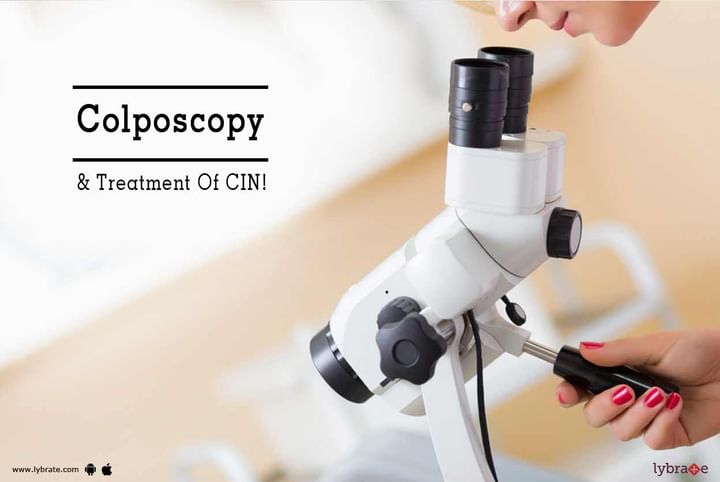Colposcopy & Treatment Of CIN!
Cervical cancer is one of the most common conditions to affect women in the world. However, with care, you and your doctor can easily prevent it from affecting you. Preventive measures include prevention of HPV and conduction of screening tests. Colposcopy is one such test that helps doctors determine your risk of cervical cancer.
What is a colposcopy?
A colposcopy is an examination of your cervix, vagina and vulva region for any abnormalities. A special device, colposcope, is used to examine the region. Your doctor may take a small tissue sample from the region as well. This is known as a biopsy. This tissue is then tested for cellular abnormalities. A colposcope can detect Cervical intra-epithelial Neoplasia or CIN. This is the name given to the most common cellular abnormality in the cervical region.
What is CIN?
HPV infections can damage the cells on the surface of your cervix. This damage is CIN. CIN can be of three primary stages, namely CIN 1, CIN 2 and CIN 3. The depth of cell abnormality in the cervix surface determines the stage of CIN. CIN 1 indicates minor damage to the surface that repairs itself over time without any treatment. However, CIN 2 and CIN 3 are more severe stages that require treatment, failing which it can progress to cervical cancer in the future.
Treating CIN 2 and CIN 3
Treatment for the condition depends on several important factors, such as the age of the patient, general medical condition and the severity of CIN. For CIN 2 and CIN 3, doctors try to remove the abnormal cells. Here are some surgical methods used for the removal of these cells.
• Loop electrosurgical excision procedure- A small electrical wire loop removes the affected cell from the cervix. In this procedure, doctors can also collect the removed tissue to perform further tests on it.
• Conization- A conical shape of the affected tissue is removed using this procedure. This was the most popular form of treating CIN before, but due to the higher post-operative risk related to the procedure, it is now only used in severe cases of the condition.
• Hysterectomy- This is the last resort, where the uterus is surgically removed. If CIN does not respond to the other forms of treatment, doctors will recommend undergoing a hysterectomy.
CIN has a propensity to recur after the completion of treatment. The chances of recurrence are highest within 2 years after treatment. Therefore, you would need to follow up with doctors regularly after undergoing treatment for the condition.



+1.svg)
